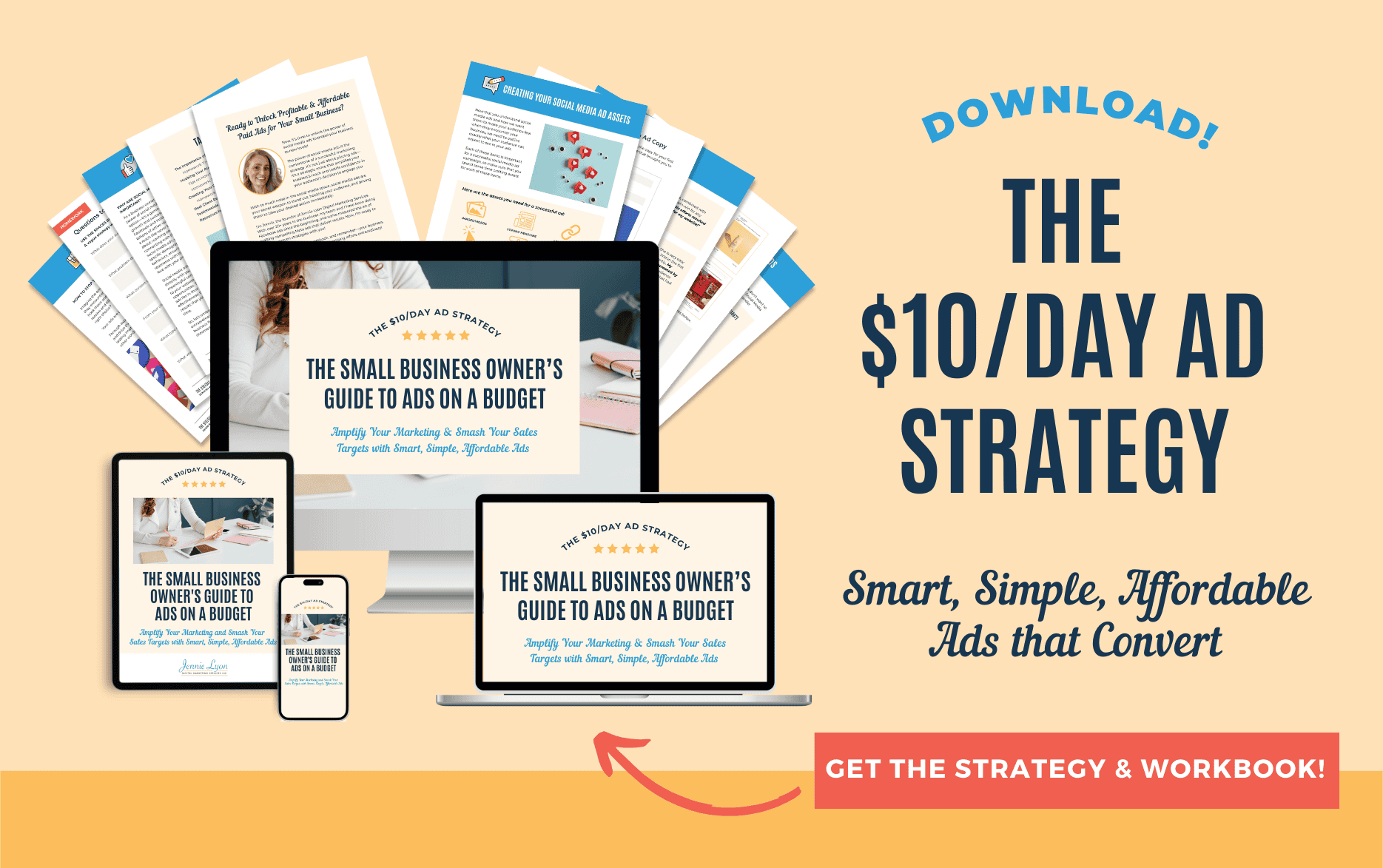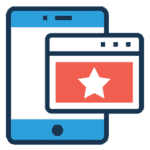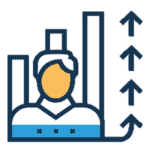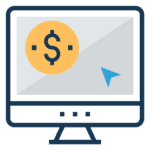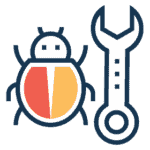How to Make a Winning Content Marketing Funnel + Free Workbook
Content marketing has changed how potential customers research and consider buying your products. The content marketing funnel visualizes people’s journey, and good content supports this journey. This strategy gives you a better chance of converting a potential customer into an actual customer. Creating content that converts is the number-one objective of the content marketing funnel.
Content marketing is a powerful way to interact with our target audiences. But, not all interactions are created equal. Before we can successfully optimize conversion points, we need to treat conversion as part of a larger customer journey and create an appropriate touchpoint for conversion.
Customers don’t just wake up one day and decide to purchase products. Every customer goes through a particular path that involves research and evaluation before buying any product, and this process is called the customer’s journey. According to a study by Semrush, 87% of marketers are creating content for different stages of the customer’s journey.
In today’s digital times, customers can gain information on any product they want. Therefore, it becomes essential for businesses to understand buyers’ persona and their journey to deliver informative content that can assist them and establish an authoritative position. But for this to happen, a successful content marketing funnel is necessary.
Semrush conducted a survey and found that marketers struggle with content creation for all customer journey stages. Although most marketers create TOFU content (95%), MOFU content (86%), and BOFU content (76%), they face challenges:
- Creating content that drives traffic
- Keeping the target audience engaged
- Getting quality leads from the content
Let’s take a closer look at the challenges and solutions to them.
The Content Marketing Funnel: Step-by-Step
There are three stages in a content marketing funnel: top of the funnel, middle of the funnel, and bottom. I’ll explain each step in detail.
Top Of The Funnel (TOFU): TOFU stands for “top of the funnel,” and it’s the very first step in the conversion process. Companies need to increase their reach and awareness to tap into prospective customers, and TOFU is where sites, posts, and social media channels flood with traffic to grab attention.
Middle Of The Funnel (MOFU): You want to focus on lead generation in the middle of the funnel. If they move in this direction, you’ve got them hooked. This stage is all about interest. They probably want what you have to offer, and they’re considering investing in your product or service.
MOFU is not just a place to establish credibility and build relationships, and it’s also where you have an opportunity to convert leads that are more likely to buy from you.
Bottom Of The Funnel (BOFU): BOFU is the last stage of the marketing funnel, where your final call to action is. You have to convince the leads to make a purchase and there are many things you can do here. You can offer a coupon or a free trial or explain why your product is the best and its value for them.
BONUS STAGE: Wonder: Perhaps you’re not convinced that Wonder is a necessary part of your marketing funnel. After all, most marketers use it as the final stage after BOFU. But Wonder is about more than just sales. It’s about long-term relationships with customers, building a solid brand, generating more leads, and providing content that encourages customers to share their feedback.
How Does Content Marketing Work?
Content marketing needs to be planned and properly executed. To do this, you need a comprehensive understanding of your target audience. For example, you’ll ideally have a good idea of the best channels for reaching them and know what kind of content will most interest them. You’ve done your research and have an idea of what topics will get your audience to take the next step. Now you have to create content for different stages of the funnel.
Top of the funnel:
Blog Posts or Lead Magnet: A how-to guide or workbook is the content that will grab your audience’s attention and convert them from a reader to a customer. Deeper into the funnel, it’s attractive to 72% of marketers. With a guide, you show your prospects that you are an expert in your industry and offer them a solution to their problem.
Social Media Marketing: Social media is an excellent way to increase the awareness of your company. When your target audience prefers a specific social media platform, advertise your business there. The more people who become aware of your brand, the greater the chance of a quality lead coming in.
Video Wins: Content is king. But what if you want to make it the king of your blog, too? Providing compelling visual content is a surefire way to increase your blog’s engagement. Plus, studies show that visuals are processed faster and with more clarity than text.
Middle of the funnel
MOFU is where your prospective customers are turned into leads, and it’s time to turn those leads into loyal customers. Educational content is the right way to go when you want to turn your MOFU leads into loyal customers.
If you’ve made it through the first few stages of your conversion funnel, you can start to think about what type of content to offer. White papers, case studies, e-books, and worksheets can be a great option because they offer your prospective customer information in exchange for their email address.
White Papers: They are impactful for startups to approach their investors. The Difference between Blogs and White Papers Blogs are best for getting conversions and increasing search engine rankings, and white papers are best for getting leads. Blogs are short; they don’t need to belong, and white papers have a more specific, targeted audience. Blogs are valuable content to attract readers who are particularly interested in your niche.
Case Studies: Case studies are another data-driven form of content that companies use to show how they solved customer problems. Case studies can include records from a project or test, and it is not always necessary to write a case study for a product or service. Often, this type of content is used to showcase how a business solved a problem just by listening and being there for the customer.
E-books: E-books are the perfect solution for providing your audience with the best information for them. They are more informative than white papers or case studies because they can quickly provide a lot of information in a short amount of time. But, most importantly is an opportunity for you to let your audience know how you are providing the best solution to their problem.
Worksheets: Worksheets are a way to show your leads that their knowledge of your content has led to tangible results. So they go hand-in-hand with how-to guides and make your leads realize the value that your content brings to their lives. Who doesn’t love a good checklist or mind map?
Bottom of the funnel
At this stage, you want to give your leads a final push to turn them into conversions by building trust. At the BOFU stage, it’s essential to think about what your customer is looking for and give it to them. Since they’re at the point of making a purchase, the best type of content to use at this stage are testimonials of satisfied customers, webinars, and workshops.
Testimonials: Your product can change someone’s life, so tell their story. Putting forth the stories of past customers who have benefited from your product is a powerful way to establish credibility with prospects. Because of this, it helps motivates them to make a purchase.
Webinars: Attendees are usually on the lookout for more knowledge about your topic, and webinars provide just that. With a pre-recorded webinar, or live, you can share your expertise with a more significant number of people, so this can lead to an increase in desire for your products.
Workshops or Retreats: Paid workshops are an excellent way for service-based businesses to host in-person events and connect with their audience. They can also convert attendees into high-ticket buyers.
Suppose your customer goes through the entire content marketing funnel, congratulations! You successfully converted them into a sale. However, this is not the end of your work. The next step is to create loyalty with them through different content. Because of this, it will make them come back for more and help you turn them into brand evangelists.
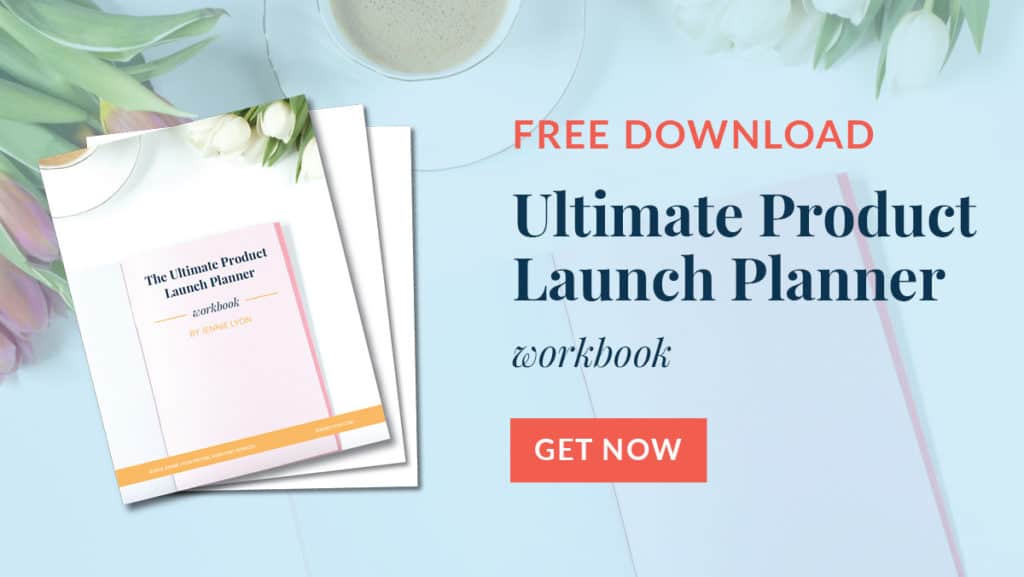
So What Did We Learn?
- Top of Funnel – The very first step in the conversion process. Grab the customers attention through social media, video, website and guides.
- Middle of Funnel – MOFU is not just a place to establish credibility and build relationships, and it’s also where you have an opportunity to convert leads that are more likely to buy from you.
- Bottom of Funnel – Conversion stage. Content types that work best in this stage are testimonials, webinars and in person workshops.
- Bonus: Wonder Stage – Wonder is about more than just sales. It’s about long-term relationships with customers, building a solid brand, generating more leads, and providing content that encourages customers to share their feedback.
When it comes to content marketing, it’s not easy to create a successful funnel. It takes a lot of time and research to produce content for every funnel stage. So a strategy is only one part of the puzzle, and writing content that generates action is the other.
But again, not everyone is a wordsmith. That’s where we come in. Schedule a consultation today, and one of our expert in-house copywriters will be there for you with the perfect content.
Links for this episode:
Rate, Review, & Subscribe on Apple Podcasts
If you like what you hear on the podcast, please consider rating and reviewing my show! Woo Hoo! Click here, scroll to the bottom, tap to rate with five stars, and select “Write a Review.” I would love to hear what episodes you enjoy the most!
If you haven’t done so already, please subscribe to the podcast. I’ll be adding new content weekly, if you’re not subscribed, there’s a good chance you’ll miss out. Subscribe now!

